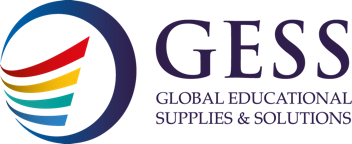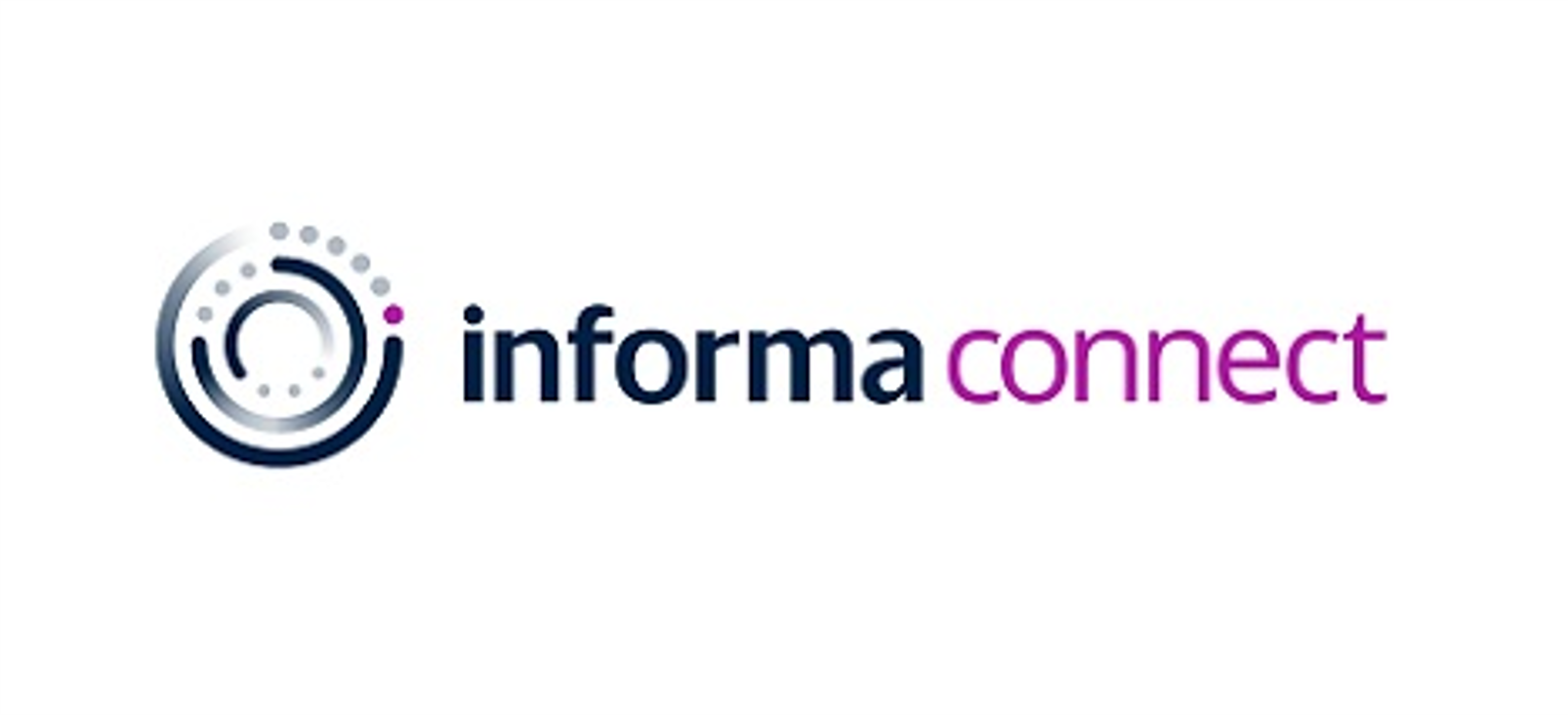Introduction:
For centuries distance learning has had a presence in education. The very first verified correspondence course was launched in 1728 by Caleb Philipps through his advertisement in the Boston Post. Though it was not popular at that time, it gained traction due to the increase in the need for continuous education and distance education was born. Even online learning existed, but they failed to achieve validity and were shied away. Conversely, the COVID-19 pandemic not only modernized the field of distance education but also instantaneously transformed online education from a niche to a primary mode of learning delivery. The widespread reach of internet access, and tools, and the surge in remote learning applications from students pursuing in-service training, upskilling, or balancing work and education due to economic nehave has put remote learning in high demand.
Catering to Remote Learning Needs:
The transition to remote learning has led colleges to realign academic and co-curricular activities with broader industry and societal needs, prompting widespread changes in administration, curriculum, and student services.
Administratively, universities have upgraded bandwidth, developed scalable virtual classroom platforms, and refined management systems to support everything from admissions to student support, facilitating both fully online and hybrid formats.
Curriculum-wise, traditional lectures have shifted to interactive online modules that incorporate multimedia elements like video lectures, simulations, and digital readings, accessible globally. Assessments now include open-book exams, continuous assessment tests, and collaborative projects suitable for remote execution.
To support students remotely, universities have enhanced virtual services such as online counselling, career services, and digital libraries, and have increased engagement opportunities through webinars and virtual student forums, ensuring an active and inclusive educational environment.
Challenges Encountered
The transition to remote learning has not been without its challenges. From technological issues to logistical complexities, higher education institutions have faced a variety of hurdles. Technological challenges include ensuring that all students and staff have reliable access to necessary technology and high-speed internet. The digital divide has become more apparent, highlighting disparities in access among different student populations. Additionally, the reliability and scalability of Learning Management Systems (LMS) have been tested as never before, with varying degrees of success across different platforms.
Logistically, reorganizing academic calendars, converting traditional classes to online formats, and training faculty in remote teaching have posed significant challenges. Coordinating these changes while maintaining academic standards requires precise planning and flexibility. Institutions have also needed to rethink examination protocols and assessment methods to ensure fairness and integrity in a remote setting.
On a human level, the shift to remote learning has affected the work-life balance. Though I am now attuned to these issues, I feel, as many would agree, that teachers increasingly resemble software professionals, constantly engaged with their systems. Adapting to this change hasn't been easy, as teachers must carefully manage the extent of technology exposure and decide which platforms are best suited for specific activities.
Technological Integration
The shift to remote learning in higher education has significantly integrated technology, ensuring continuity and transforming educational methodologies. Key technologies like Learning Management Systems (LMS) such as Canvas, Moodle, and Blackboard, along with video conferencing tools like Zoom, Microsoft Teams, and Google Meet, have become essential. These platforms facilitate course management, content delivery, and live interactions, maintaining personal connections despite physical separation. Cloud services also play a critical role in supporting the storage and accessibility of digital resources.
Institutions have balanced the rapid deployment of these tools with robust training and support to ensure effective use by educators and students. Additionally, emerging technologies like AI, VR, and AR are being tapped to enhance learning engagement and personalization, pointing to a future of continuous technological evolution in education.
Upskilling Faculty and Staff
To enhance remote education, higher education institutions are prioritizing faculty upskilling. They are providing professional development programs that focus on digital literacy, including digital pedagogy, online course design, and educational technologies. Training is delivered through workshops, webinars, and online courses, offering practical experience.
Continuous support is provided via dedicated tech support teams and resource centres to help faculty navigate and utilize digital tools effectively. Additionally, peer learning communities encourage the sharing of experiences and strategies, fostering collaborative learning and improvement in remote teaching practices.
These initiatives are crucial for ensuring faculty are proficient in delivering high-quality remote education and prepared to tackle the challenges of modern teaching environments.
Expected Outcomes and Future Projections:
As higher education embraces remote learning, several key trends and impacts are shaping its future:
Blended Learning Models: The rise of remote learning is likely to lead to more blended formats that combine in-person and online education, offering flexible pathways and greater accessibility for diverse student populations.
Advanced Technologies: Technologies like AI, VR, and AR are expected to enhance online course interactivity and engagement, while data analytics will allow for more tailored learning experiences and improved educational outcomes.
Evolving Pedagogical Approaches: There will be a shift towards student-centred learning, with increased use of adaptive platforms and personalized plans. Educators will need to adapt their teaching to these new technologies and changing student needs.
Institutional Adaptability: The ability to remain adaptable and responsive to technological and pedagogical shifts will be essential. Continuous professional development and a commitment to innovation will be critical for institutions to thrive.
Conclusion: The shift toward remote learning has become a pivotal aspect of our educational strategies. Accelerated by global challenges, this transition has tested institutional resilience while unveiling opportunities for pedagogical innovation.
The journey toward fully integrating remote learning continues, marked by technological and pedagogical challenges. Yet, the progress is encouraging—educational institutions have adapted swiftly, implementing strategic changes to maintain educational quality.
For educators and institutions, the call to action is clear: continue adapting, innovating, and embracing the opportunities that remote learning presents. By doing so, we not only enhance the educational experience for today's learners but also pave the way for future generations.


